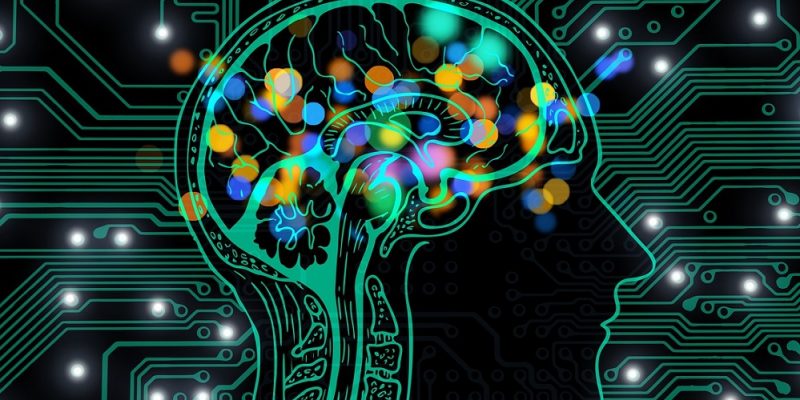 Intelligent processes and tech increase enterprises’ competitiveness
Intelligent processes and tech increase enterprises’ competitiveness
Enterprises of the future will be built on a foundation of artificial intelligence (AI), analytics, machine learning, deep learning and automation, that are central to solving business problems and driving innovation, Wipro finds. Most businesses consider AI to be critical to improve operational efficiency, reduce employee time on manual tasks, and enhance the employee and…








